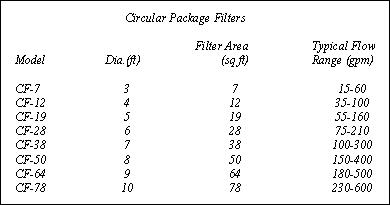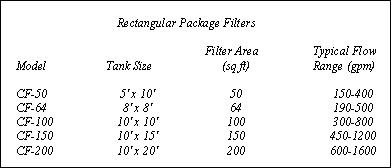 "Location of the Units"...
"Location of the Units"...
 "Location of the Units"...
"Location of the Units"...
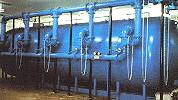
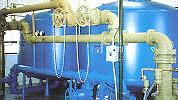
| Gravity Sand Filter | |
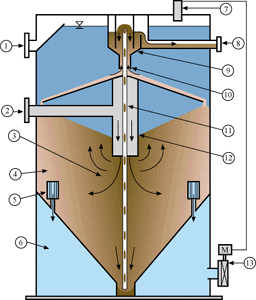 |
|
| Application | Loading Rate (gpm /ft2) | Influent Solids (TSS mg / L) | Filtrate (TSS mg / L) |
| Tertiary Filtration | 3 to 11 | 20 to 150 | 1 to 10 |
| Algae Removal | 3 to 4 | 20 to 150 | 1 to 10 |
| Surface Water Direct Filtration | 3 to 8 | 10 to 200 NTU | < 1 NTU |
| Metal Hydroxides | 3 to 7 | 20 to 100 | 1 to 5 |
| Phosphorus Removal | 3 to 7 | 20 to 100 | 1 to 3 (TSS), < 0.3 P |
 "Loading Rates of Sand Filters"...
"Loading Rates of Sand Filters"...
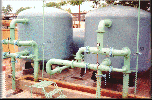

 "Centra-flo Gravity Sand Filter"...
"Centra-flo Gravity Sand Filter"...
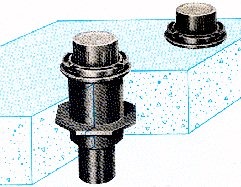
 "Process Schematic"...
"Process Schematic"...
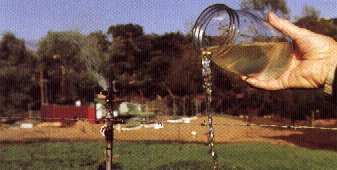
 "Instrumentation"...
"Instrumentation"...
